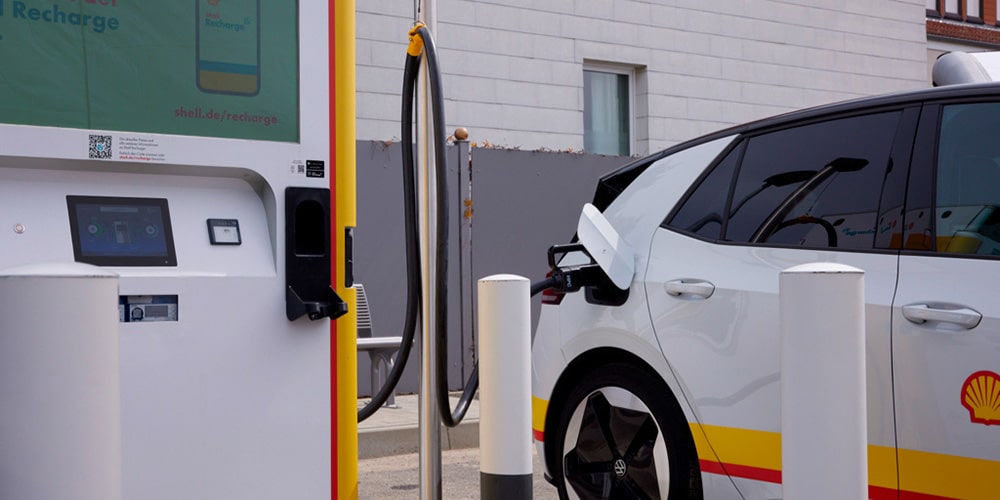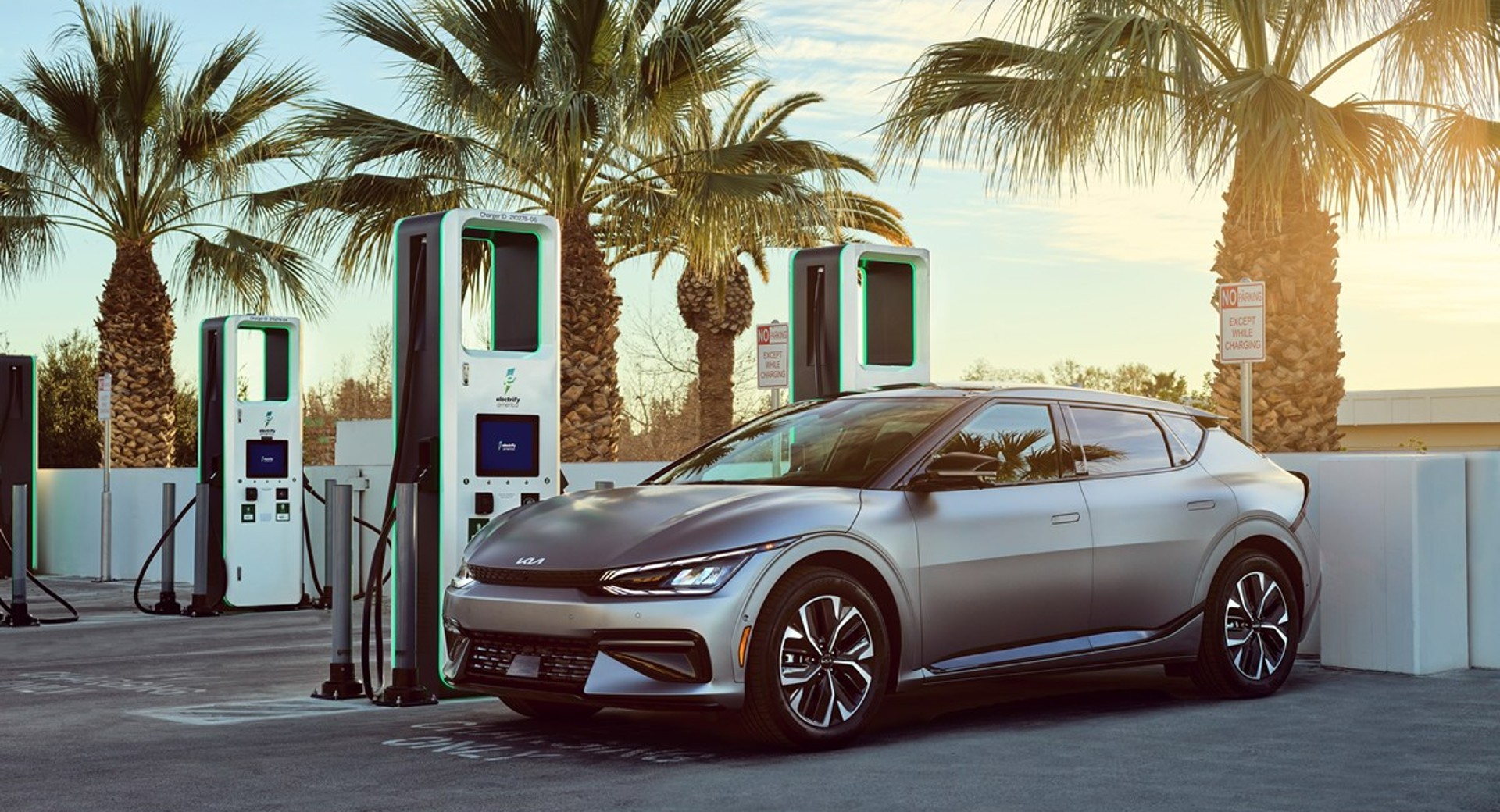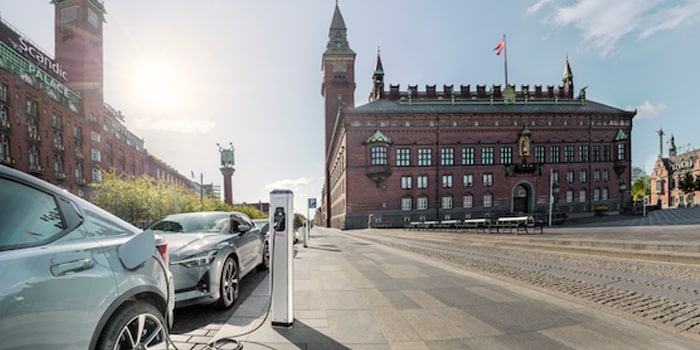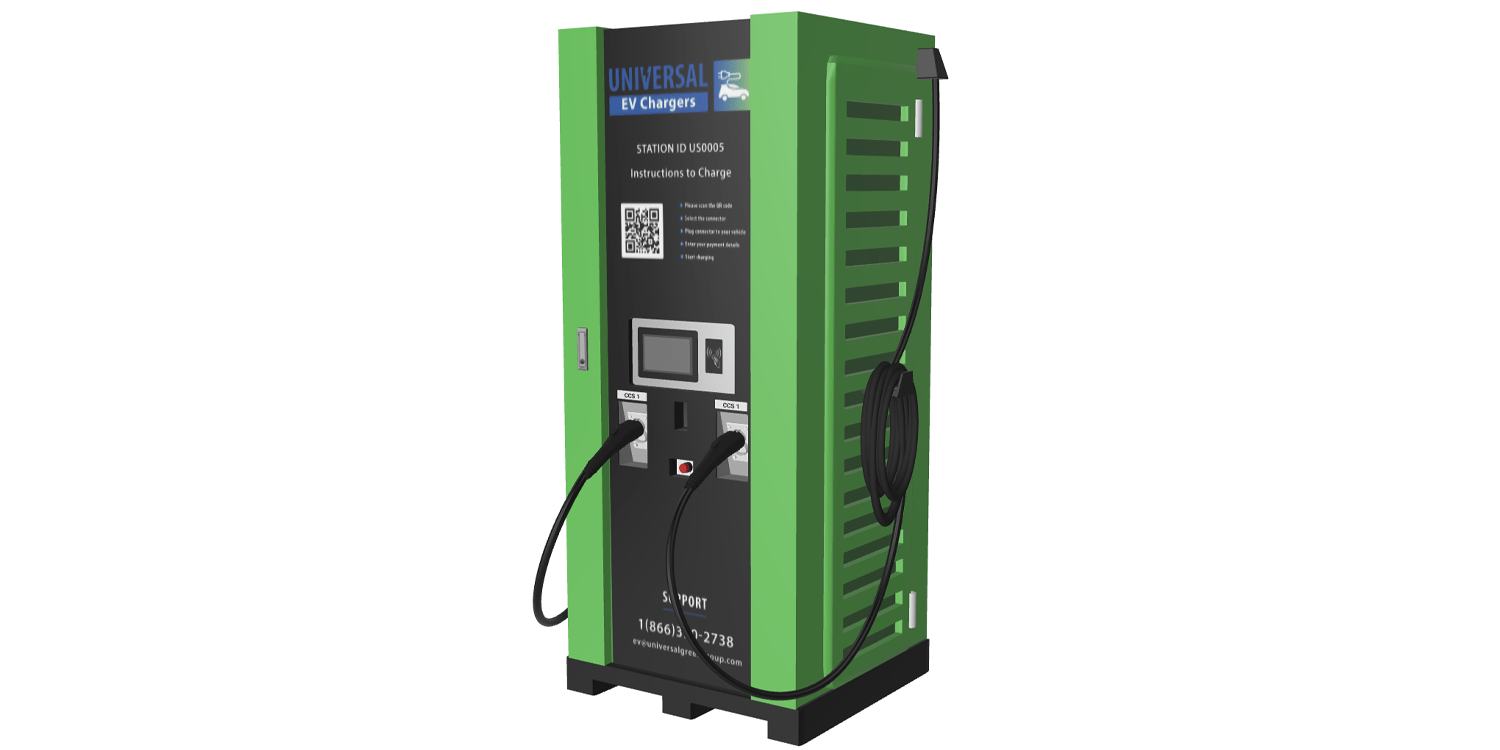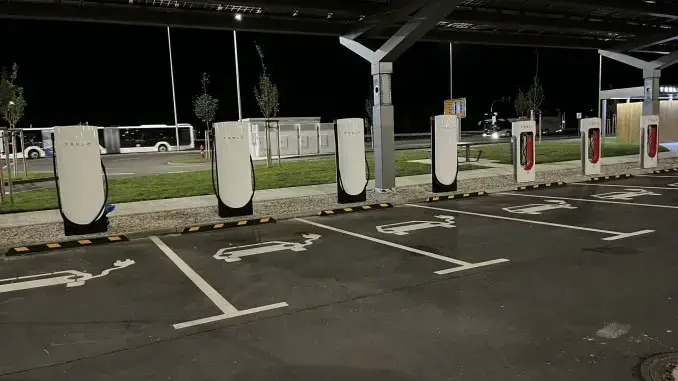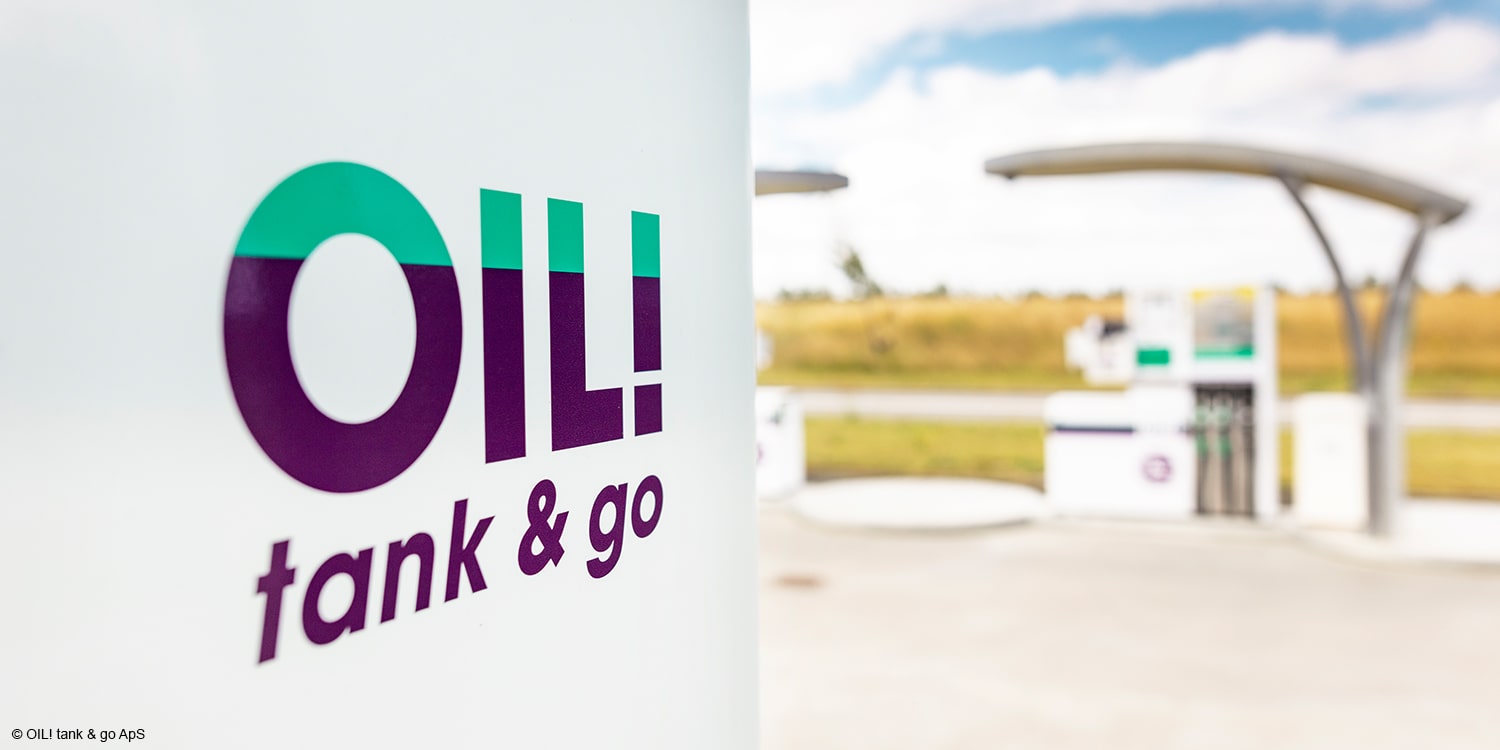Japan is gearing up to enhance the accessibility and appeal of electric vehicles (EVs) by significantly increasing the output of electric vehicle chargers deployed at highway service areas. The Ministry of Economy, Trade and Industry has laid out a forward-looking plan that seeks to cut down recharging times and bolster the widespread adoption of EVs across the nation.
To achieve this ambitious goal, the ministry is planning to introduce new standards for quick chargers used for EVs and plug-in hybrids. These standards will require operators to upgrade their chargers to deliver a minimum output of 90 kilowatts (kW) by the year 2030, which is more than twice the current average output. Moreover, in high traffic areas and locations with heavy demand, chargers with an output of approximately 150 kW will be implemented.
See also: Japanese Government to Ease Safety Regulations for High-Power Charging Stations
Currently, existing fast chargers boast an average output of around 40 kW, leading to charging times that typically average 30 minutes. By raising the charging capacity, the government aims to significantly reduce these charging times, thereby bringing the convenience of electric vehicles closer to that of traditional gasoline-powered cars. This move aligns with Japan’s broader strategy to transition new car sales towards electric and electrified vehicles by the year 2035.
The forthcoming guidelines for the upgraded quick chargers are expected to be compiled in the near future. As part of the initiative, the ministry will extend subsidies to assist operators in the transition to 90 kW chargers. Additionally, the guidelines will mandate the installation of chargers at intervals of 70 kilometers along highways, ensuring that electric vehicle users can have peace of mind about their batteries not running dry during long journeys.
Alongside improving charging infrastructure, the ministry also plans to address billing methods for EV charging. Currently, determining the exact amount of the added battery charge remains challenging due to the lack of widely available accurate output measurement systems. As a result, pricing is often based on charging time. To rectify this issue, the ministry will encourage the adoption of measurement systems with subsidies and other incentives. By around fiscal year 2025, they aim to increase the number of pay-as-you-go setups based on the actual charge amount—a model that has become prevalent in several other countries.
See also: Electreon partners with Toyota and DENSO to revolutionize wireless EV charging
Despite its ongoing efforts, Japan lags behind the United States, Europe, and China in the widespread adoption of electric vehicles, with charging infrastructure being less convenient compared to other nations. To address this disparity, American EV manufacturer Tesla has been deploying its high-power 250 kW chargers, developed in-house, in various locations.

